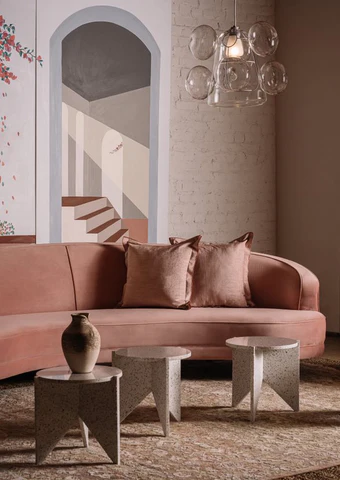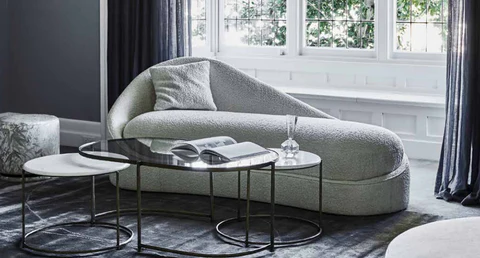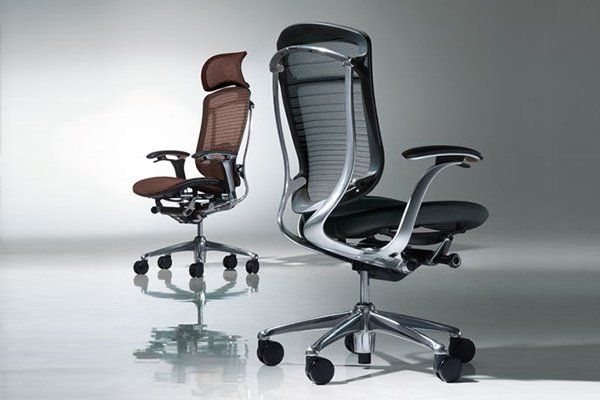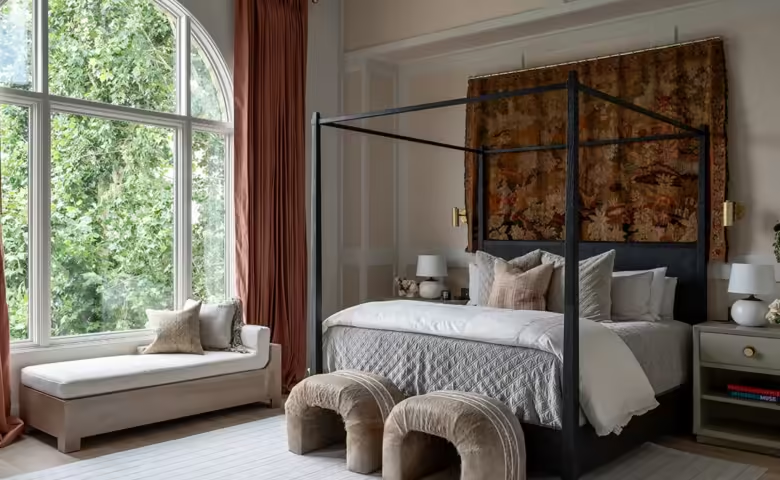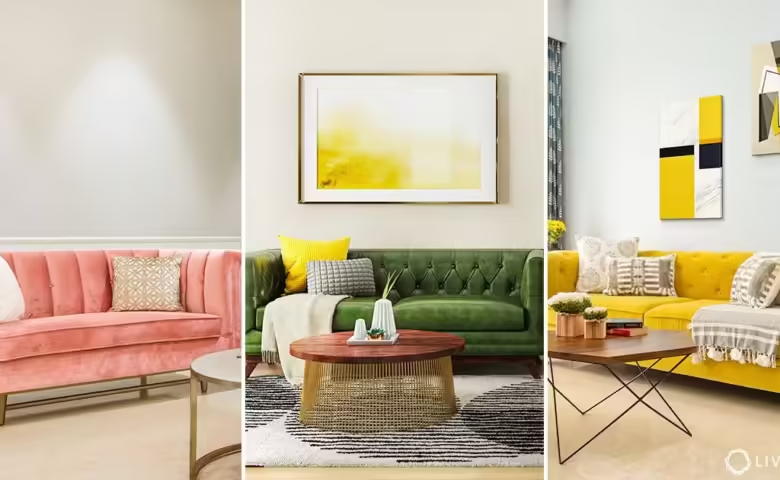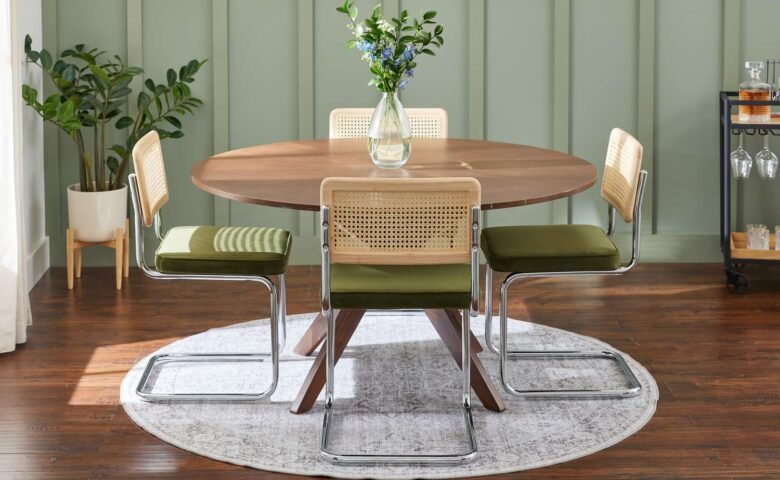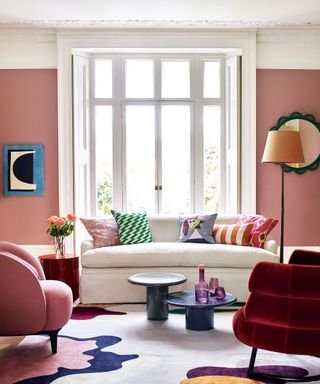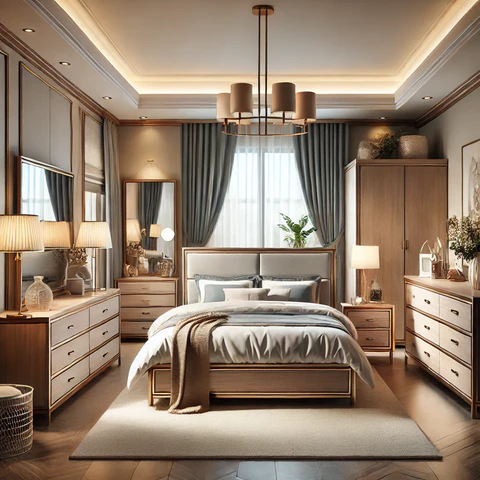How to Choose the Right Furniture Set for Open-Plan Spaces
Open-plan spaces offer flexibility and a sense of flow, but choosing the right furniture set can be tricky. You need pieces that define areas while maintaining harmony across the space. Here’s how to choose the right furniture set to make your open-plan layout functional and stylish.
1. Consider Zoning
In open-plan spaces, it's important to create distinct zones for different activities. Use your furniture to define areas like the living room, dining space, and work area. For example, a large sectional sofa can separate the living room from the dining area, while a rug can anchor a cozy seating spot. Look for furniture sets that include a variety of pieces that can help divide the space naturally.
2. Maintain Consistent Style
To ensure a cohesive look, your furniture set should maintain a consistent style throughout the open-plan space. Whether you prefer modern, boho, or industrial design, make sure the pieces blend well across different areas. Sticking to a unified color palette and materials will tie the room together and prevent it from looking disjointed.
3. Think About Proportion
When selecting a furniture set, size matters. In an open-plan room, you need to balance larger items like a dining table or sofa with smaller, functional pieces like side tables or accent chairs. Avoid oversized furniture that could overwhelm the room or small pieces that get lost in the open space. Proportion is key to creating flow without cluttering the area.
4. Choose Multi-Functional Pieces
For an open-plan layout, multi-functional furniture is a smart choice. Look for pieces that can serve more than one purpose, like a coffee table with storage or a modular sofa that can be rearranged. This adds flexibility to your space while keeping it practical and organized.
5. Use Visual Anchors
Open-plan spaces can sometimes feel too vast, so use furniture to create visual anchors. A statement piece, like a large dining table or an eye-catching sofa, can help define the center of each zone. Complement these with smaller items, like sideboards, console tables, or ottomans, to add balance without overpowering the room.
6. Focus on Flow and Comfort
In open-plan spaces, you need furniture that encourages natural flow between areas. Ensure there’s enough space to move freely around furniture, and opt for comfortable pieces that make each zone inviting. Choose seating that’s cozy yet stylish, and a dining set that offers both form and function for a seamless transition between spaces.
Conclusion
Choosing the right furniture set for an open-plan space involves creating zones, maintaining a cohesive style, and selecting functional, well-proportioned pieces. With the right mix of furniture, your open-plan layout can be both beautiful and practical, offering comfort and versatility for every area.

